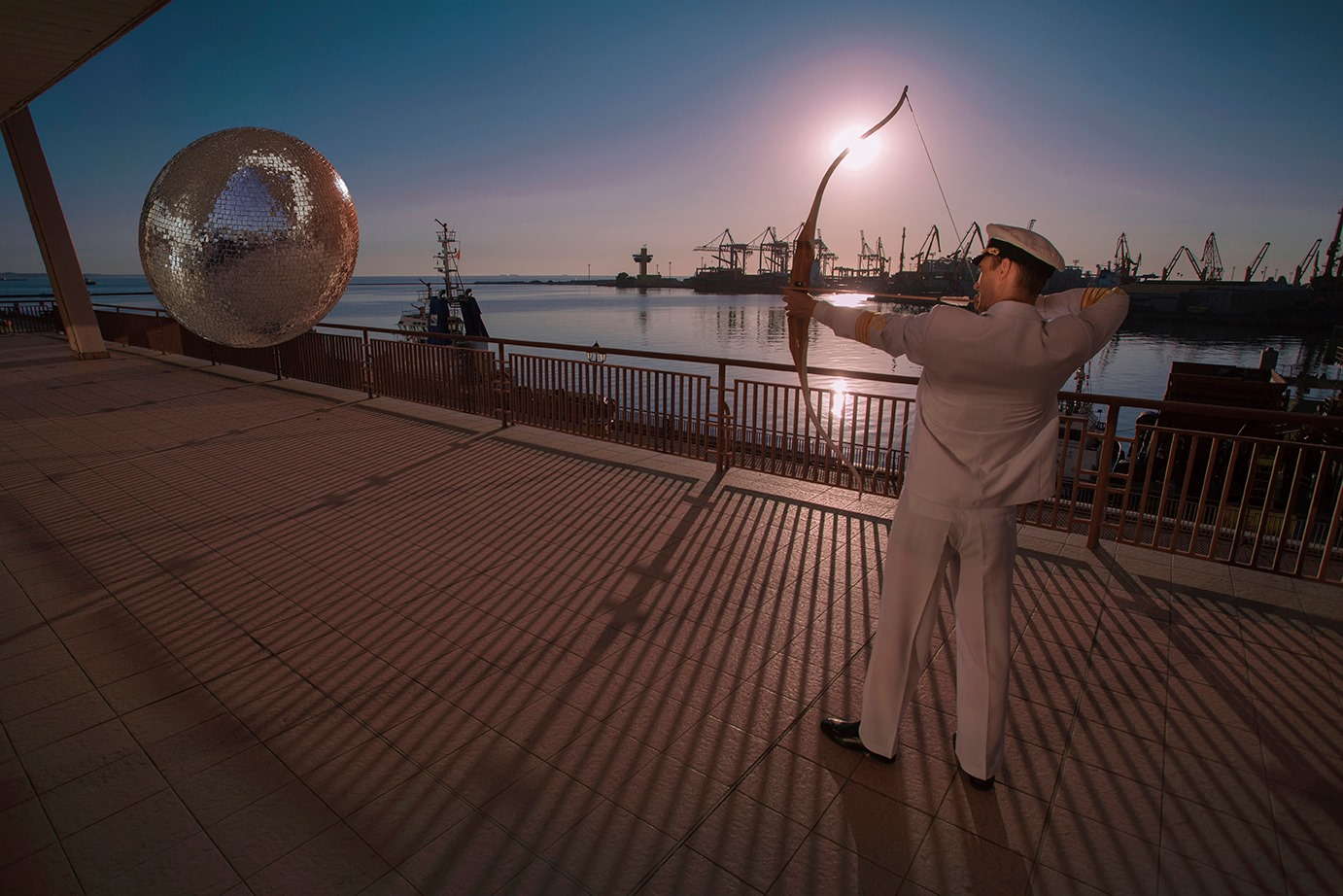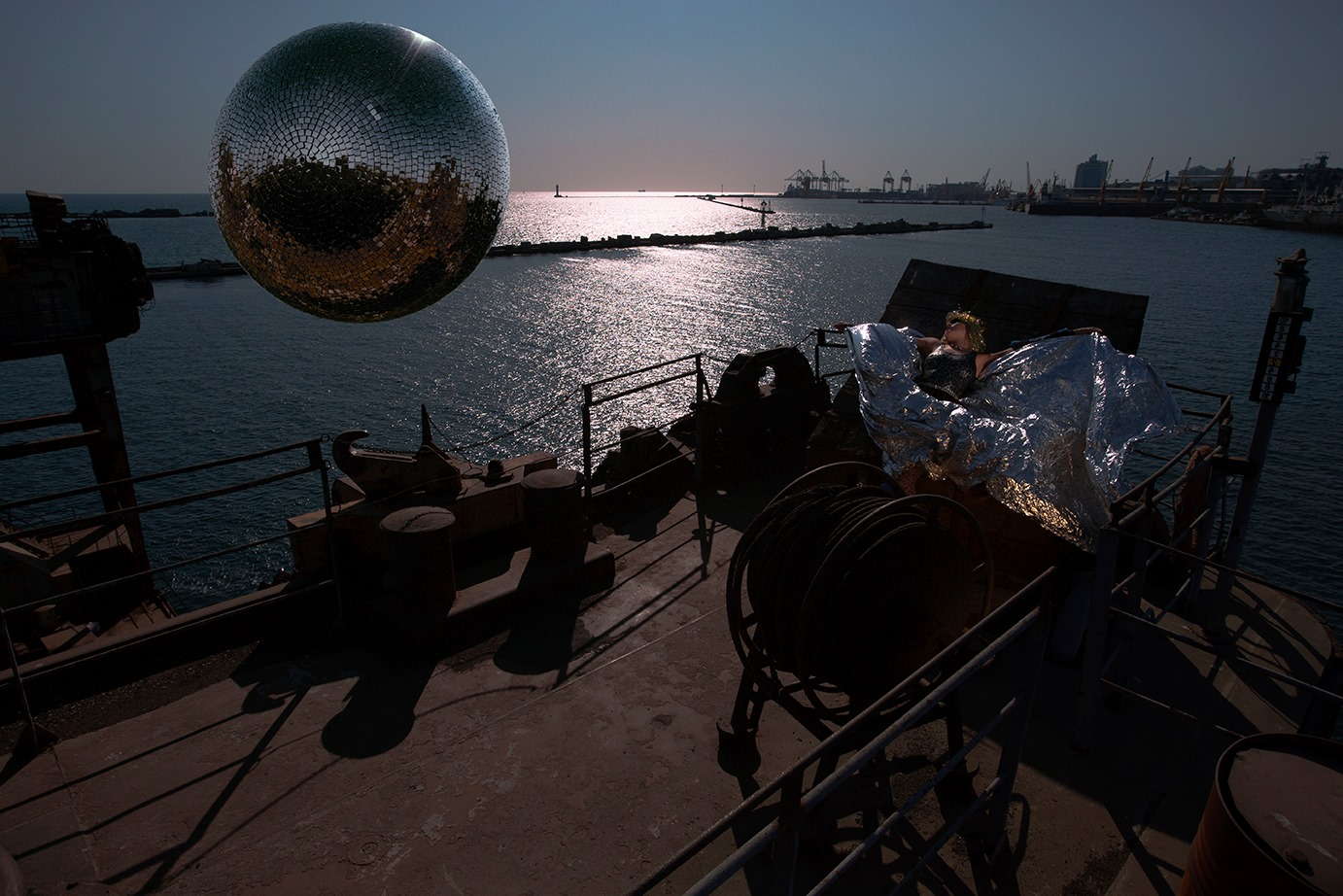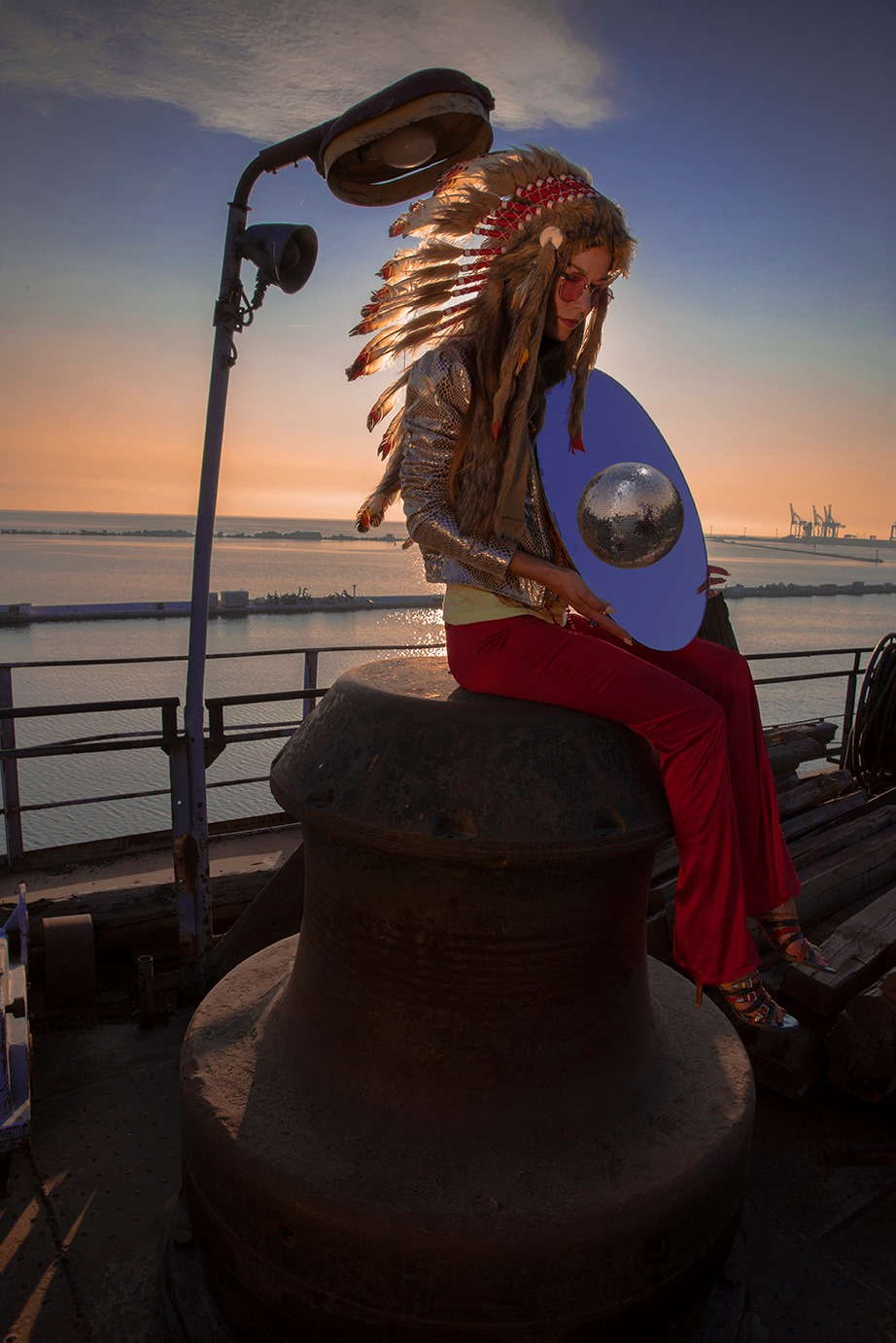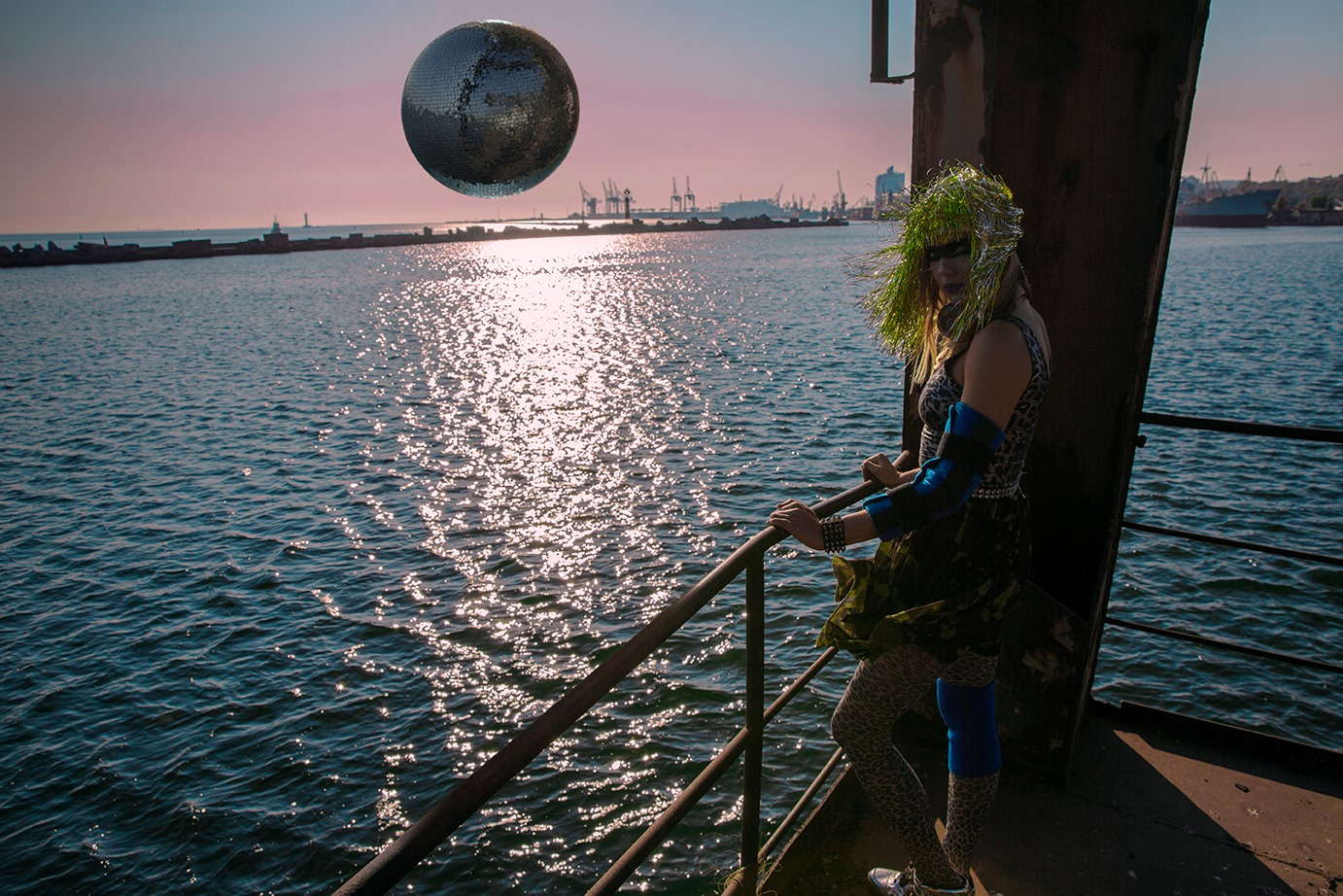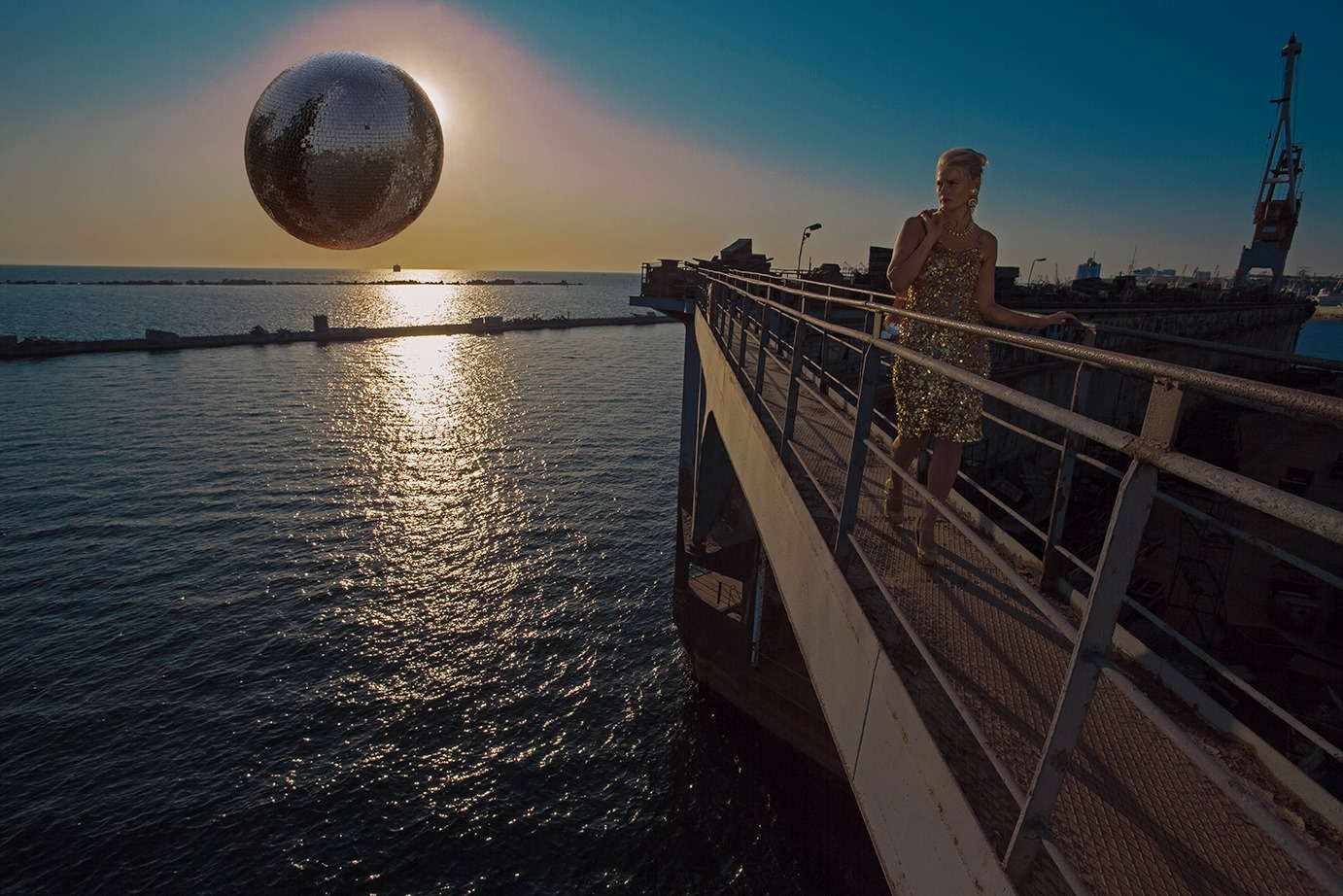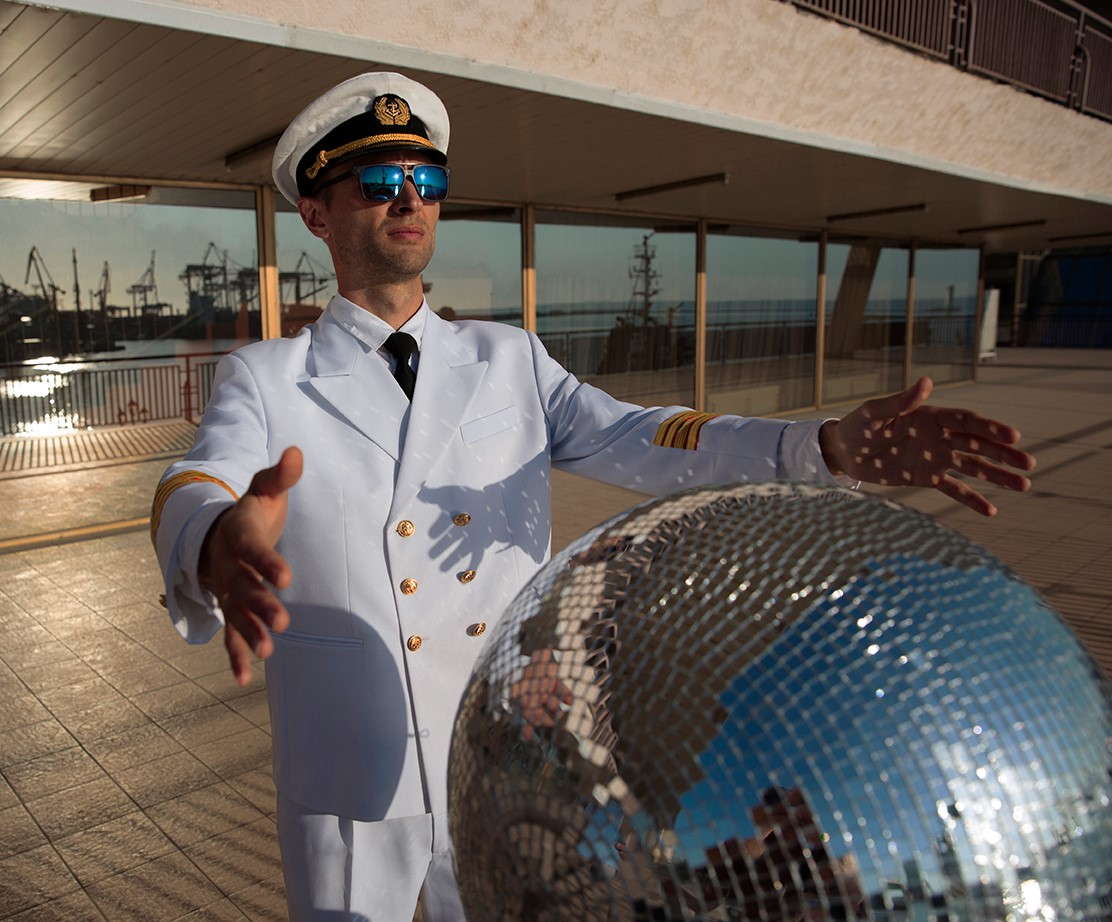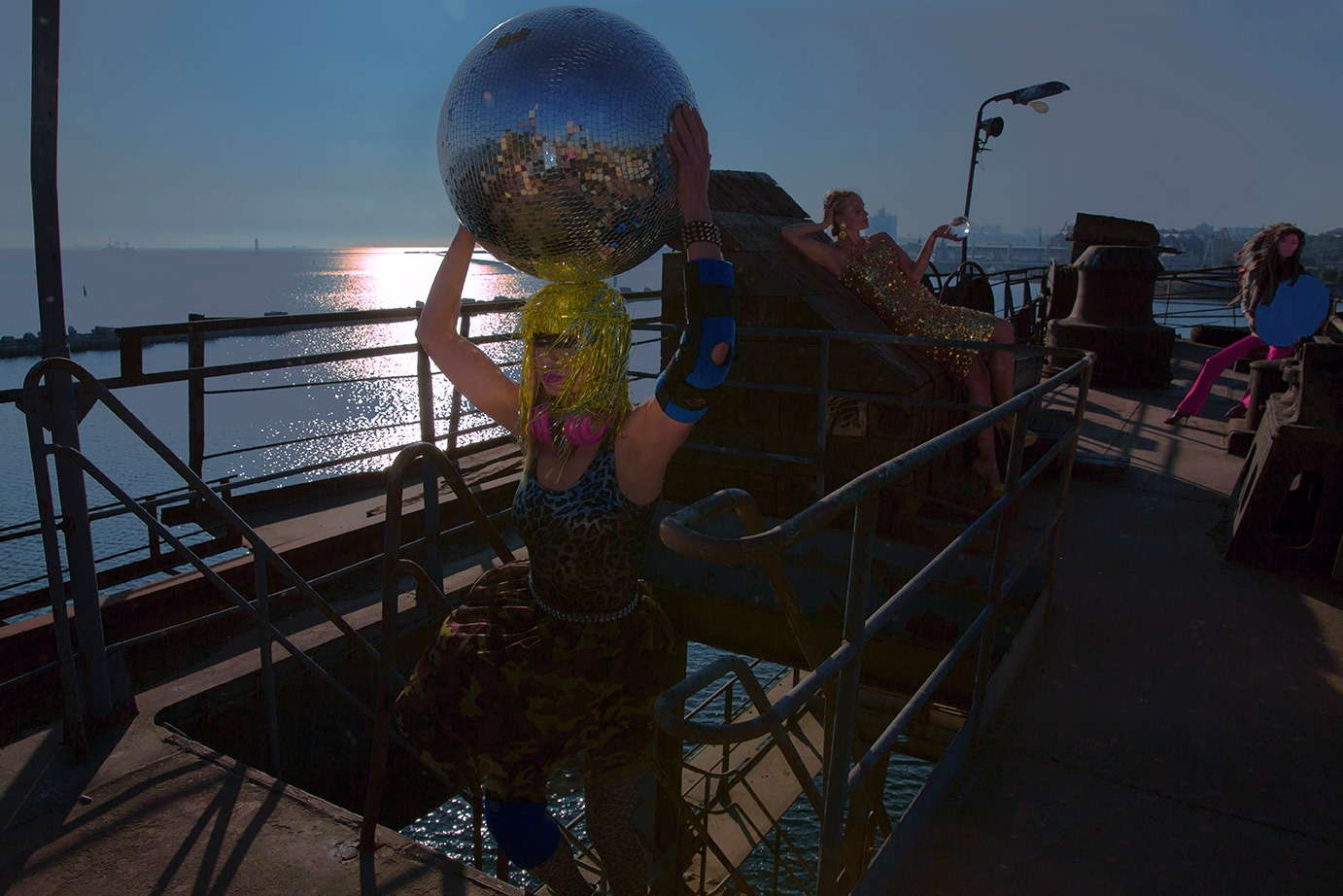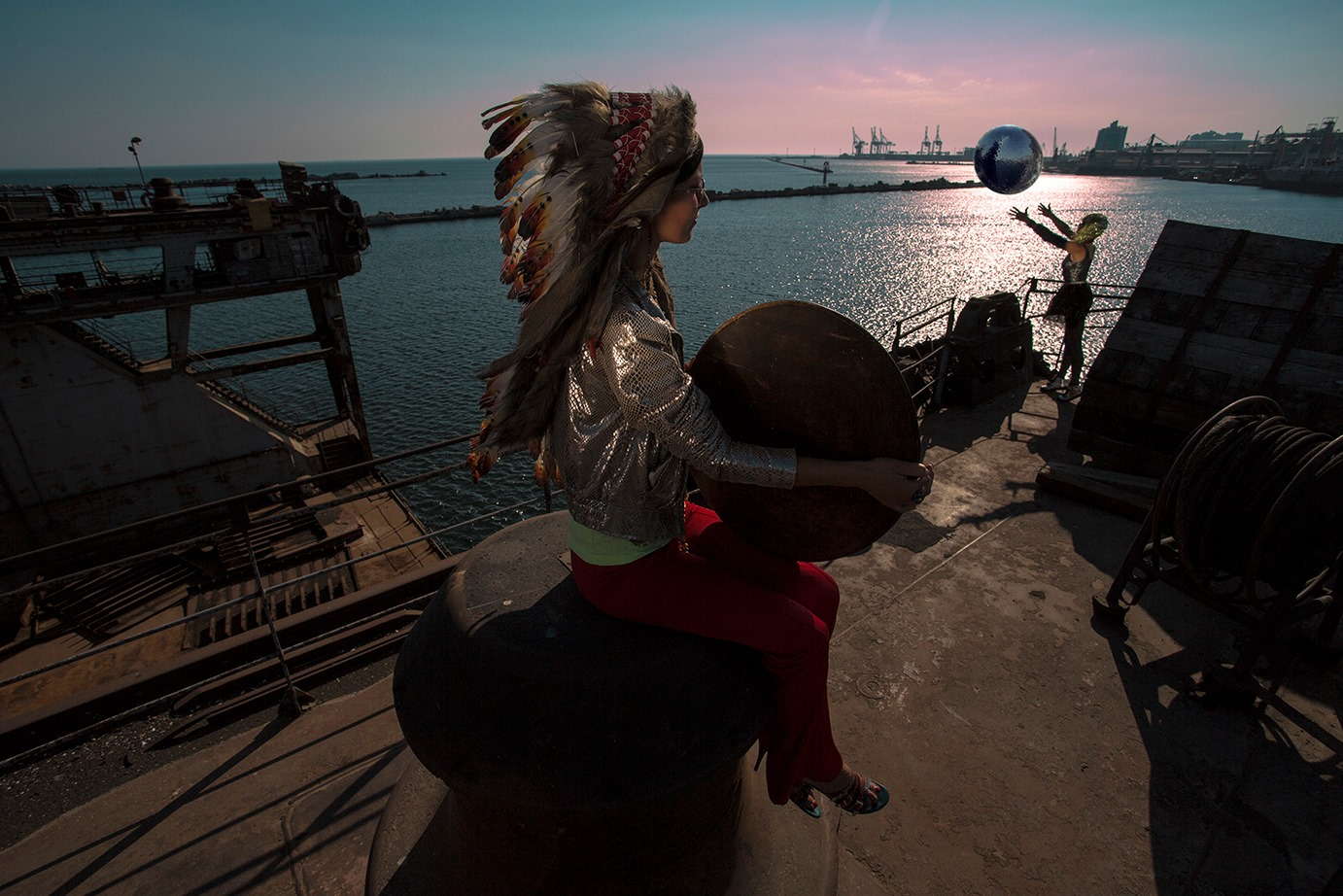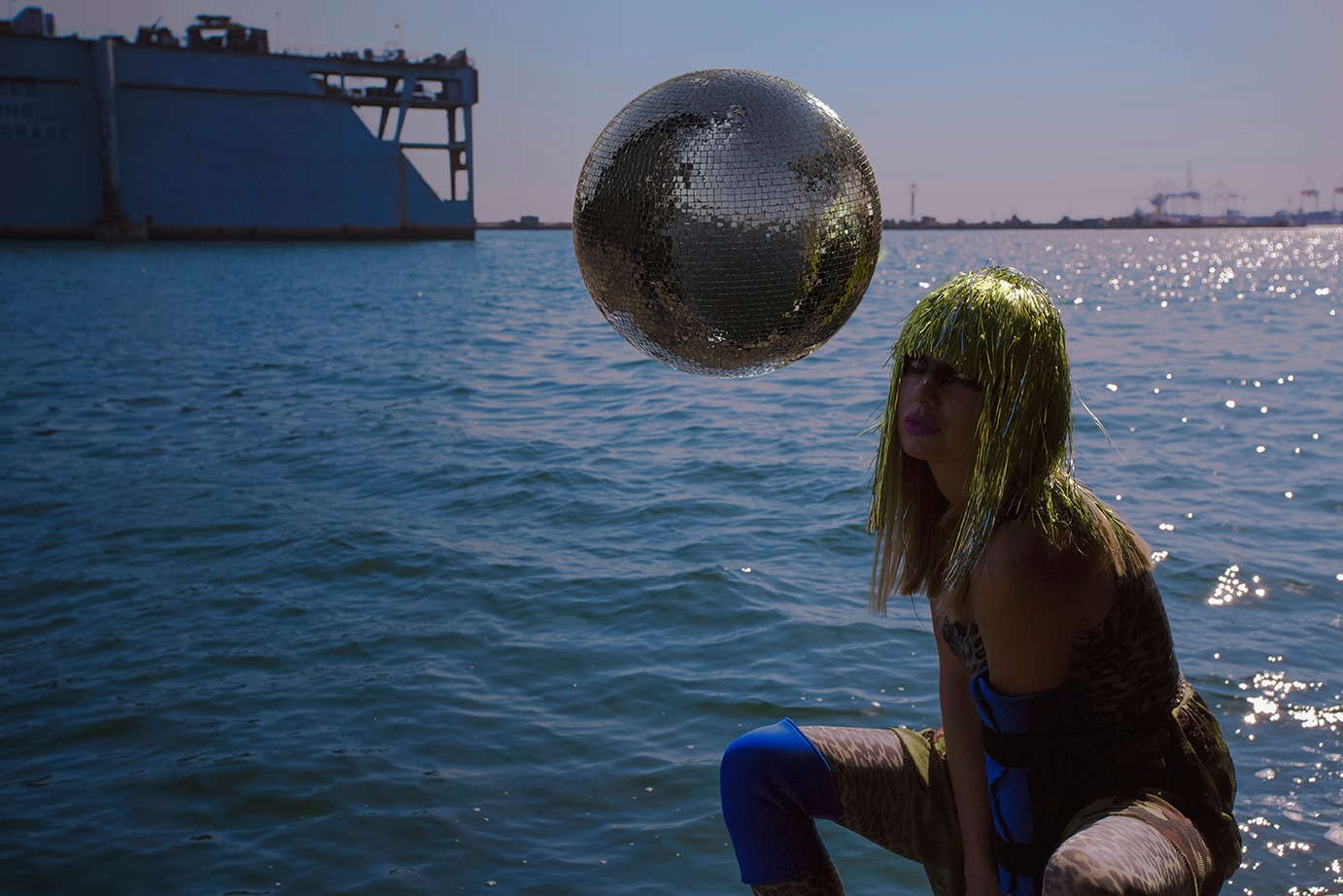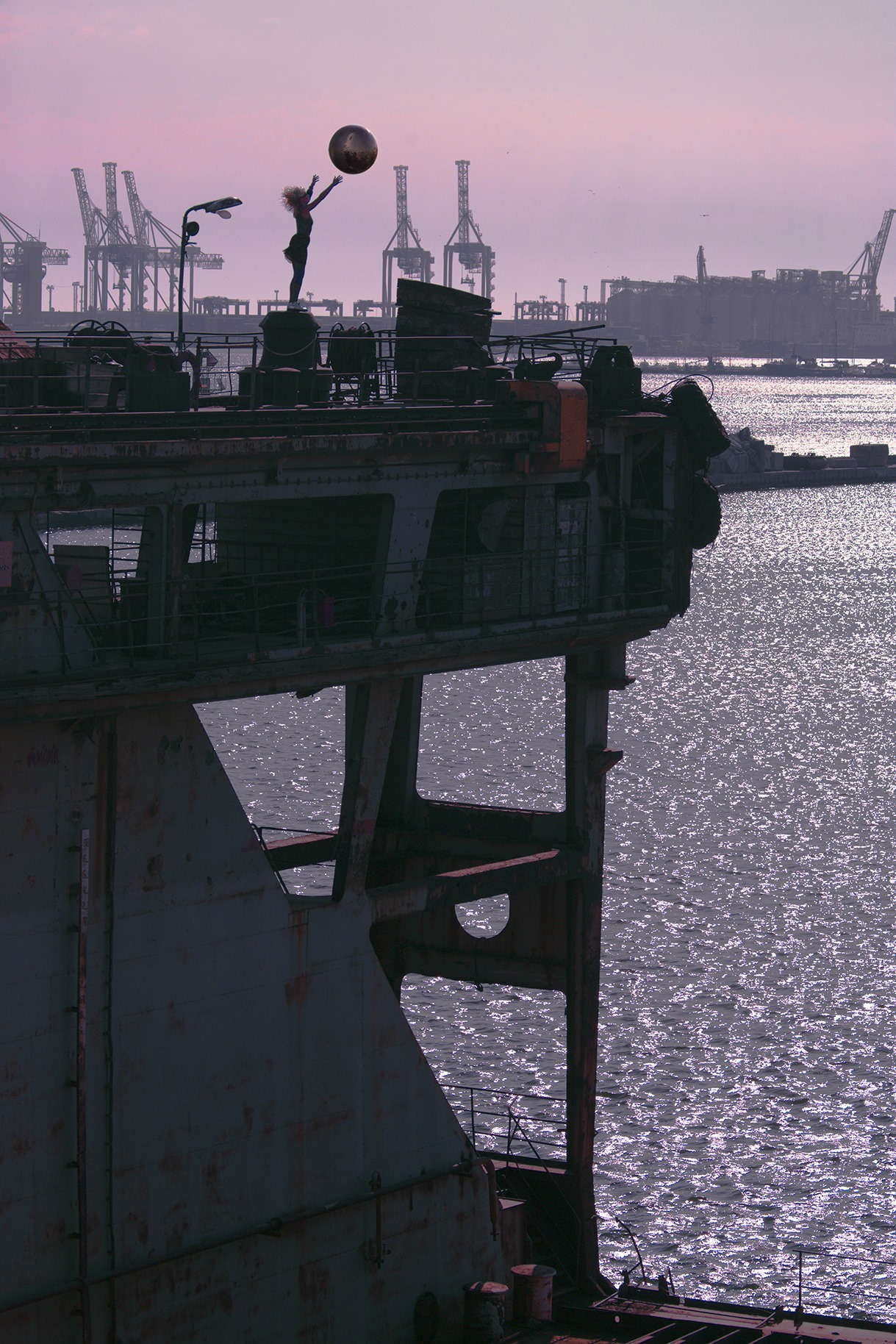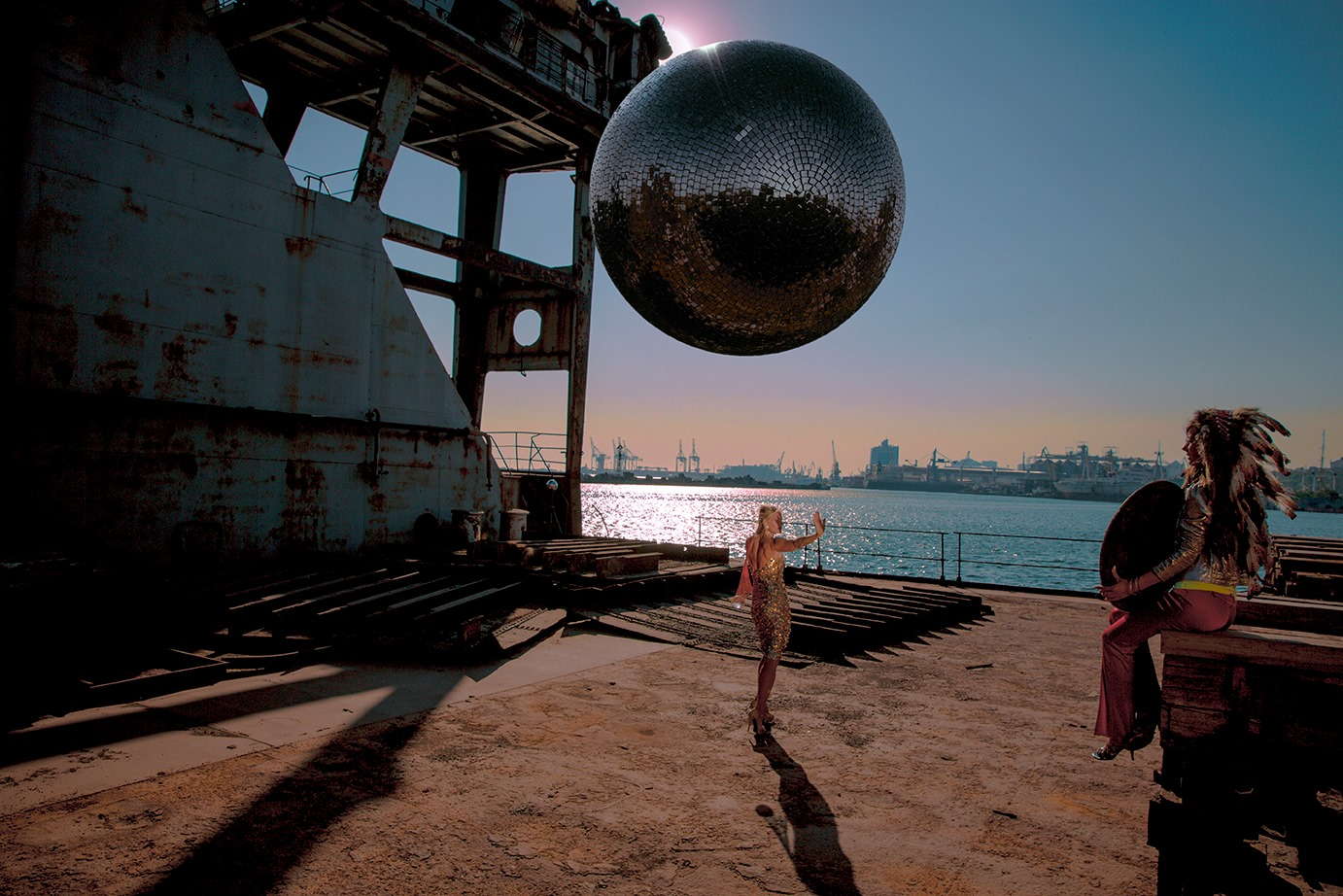Aquatoria
The Gaze of the Sun
The "Aquatoria" film is the first of the trilogy "The gaze of the Sun" is dedicated to nostalgic memories, the memory of the past, as well as "Aqua" - the element of water.
The past is like a dream phantom. In the film, as in a dream, a feeling of traveling through the nooks and crannies of memory is created, which in itself draws phantasmagoric images, showing them to us. Taken out of context, transcendental fragments of the realities of the past. Water in the film is like a material principle, timelessness. Belief in what has undoubtedly already happened, had happened.
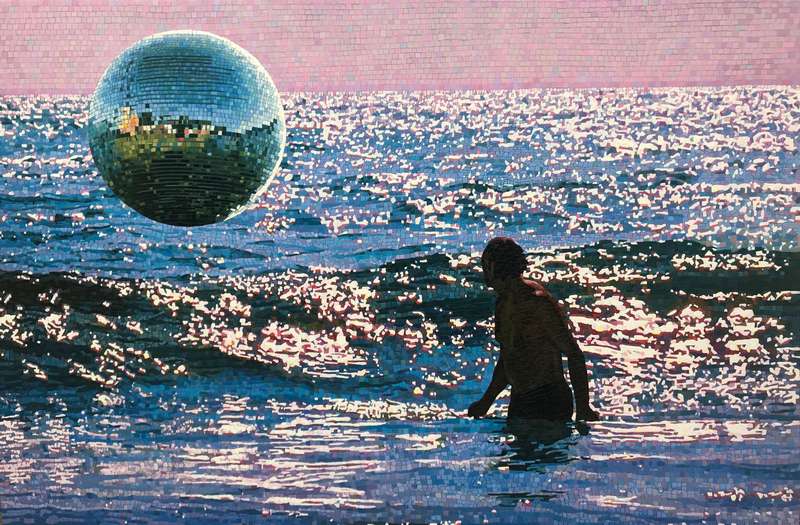
There was no script for the film. It was an experiment. The plot was going to be edited. The result is an abstract lyrical video poetry. Or, as I called it "Quantum History", (waves of opportunity and particles of experience). The weakened dramaturgy and plot impose on the viewer a sense of ambiguity, that is, the multiplicity of options for the development of this story.
A complete feeling is created over the variability of the plot. This information plunges the perception of each viewer into a trance. Their own story is spontaneously born, based on their personal experience and preferences. An endless "quantum ocean" with waves of possibilities and sparkling particles of experience.
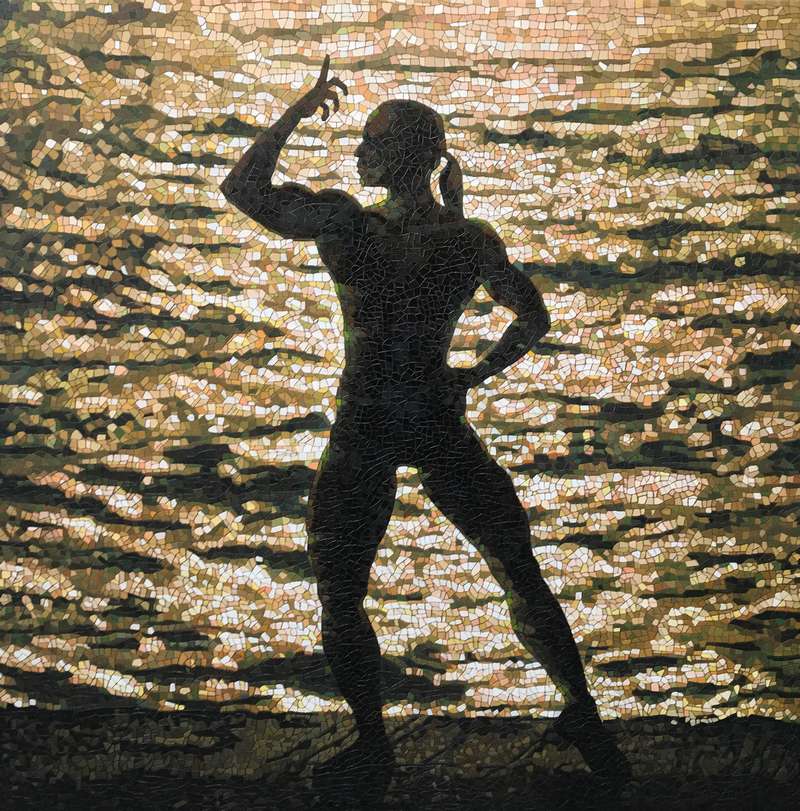
Mornings in the world of Anatoli Gankevich
To speak of Anantoli’s new project, Aquatoria, is like attempting to recollect a dream, aeuphoric sensation, or a feeling of falling in love, when the world starts to breathe again, andit seems as if it is speaking in signs, hints, and manifestations of the violent beauty ofexistence - that reality is something out of this world. This is a state of fragile idyll, thecomplete balance of the universe, not overshadowed by the burdens of knowledge or thetemptation of original sin. Emptiness of fullness and fullness of emptiness as it is.
"Aquatoria" is the first part of a large-scale film triptych that Anatoly Gankevich has beenworking on over the past few years. All the frames of the film were shot at dawn. This is avisual poem of the great awakening of the world. In it the well-known paintings of the authorfrom the Glare series suddenly come to life. Before us is a kind of film painting created bythe classical artist of the Odessa New Wave, where using completely different mediums suchas canvas, oil, and video, the author achieves an identical effect of immersing the viewer intoa meditation of the summer morning magic, of the power of a joyful solar disk, playing withthe warm sea waves.
Once upon a time, back in the early 1990s, Anatoly Gankevich stood at the origins of the firstexperiments in independent Ukraine with performance and video art. In recent decades, in theartistic community, he was known mainly as a painter, although at the same time hesuccessfully realized himself in film production. Gankevich came to the poetics of highlightsthrough a picturesque pseudo-mosaic, which he has been fond of since the heroic era ofUkrainian postmodernism. At some point, the parallel paths of the artist’s and the director’sbiographies intersected and combined into an alchemical interaction. This is how the projectwas born, balancing on the verge of art forms and effectively appropriating the best of bothworlds - cinematography and painting. The place of postmodern ironic quotation optics wastaken by a new "metamodern" sincerity. The fearlessness to be oneself, to talk about excitingtopics without regard to the fact that "everything has already happened" and the ability torediscover beauty - a category long forgotten and trampled on by the 20th century.
At first glance, Gankevich's project seems to be a hymn to the contemplation of universalharmony, devoid of any narrative. This slow film mesmerizes with its visual perfection. Theauthor does not hide admiration for the dawn of reality; he admires it as any person would do,not weighed down by the burden of modernity with all its conflicts, fast media, exaggeratedstatuses, and fashionable meanings. This movie seems to have been shot by an alien fromanother world, where there is still (or already) a place for beauty, peace, imagination, andmyths.

Mythopoeticism is perhaps one of the key characteristics of Gankevich's work. This is alarge-scale epos about a city that does not exist - about Odessa. Well known from literature,cinema, and urban legends, which do not exist, and most likely never existed in the so-called"objective reality". And yet this Odessa of Gankevich has clear parallels in the history of art.First, in the painting of Yuri Yegorov, back in the middle of the twentieth century, whoworked with the same visual code of Odessa, where the key components are the warm seaand the rays of the dawn sun, shining white Lanzheron. There is no place in Odessa ofGankevich for barbaric buildings that destroy the line of the seaside landscape, for everydayrudeness and chaos, for the neuroses of political strife, and for the ups and downs of everydaylife. This is a place of a dream-hallucination that lives according to its own laws.
There is a narrative in the film after all. It is extremely diluted, but there are severalcross-cutting characters in the work. The dominant role here belongs to the sun, of course.With a gentle glance, it overshadows the infinite dawn sea, plays sunbeams with it, and in theuniverse of Gankevich, it seems to obey exclusively the laws of reverse perspective. In thismovie, it is not the man who looks at the sun, it is the sun that gazes on him.
In the rays of dawn, a surreal story unfolds. In it, three girls and the captain appear in turn.The author's favorite technique is Trinity. The video consists of three projections; the moviesaga itself includes three episodes; and, of course, there are three heroines in the film. Thereis only one captain. He seems to have borrowed his passion for archery from cupid. But isthis movie about love? Perhaps, but it is not about the one where there is a place forunwashed dishes and broken hearts. The heroes of this story escaped into a free space of pureenergy, yet at the same time they were whirling in a dance of visual illusions with a touch oflight retro and nostalgia.
The solar sphere in Gankevich's project has a visual counterpart. The disco ball is a symbol ofthe rave revival of the mid-1990s, when the fame of Odessa underground nightclubsthundered throughout the entire former USSR. The disco ball also creates highlights, ashimmering illusion of the perfect fractal of a nightly orgy that seems to have no end. Buteven the most ideal party has an end - it is marked by the dawn, when all power is passed onto the main disco ball - His Majesty the Sun. Gankevich's film balances on a subtle sense ofthe world, seen through the eyes of someone who left a truly cosmic party a minute ago (thereis no coincidence that the most legendary Odessa club of the 90s was called Cosmo), and islooking at the morning sea. He has not yet returned to "reality" completely, and is gazing withthe eyes of an enlightened being.
The filming of "Aquatoria" began before 2020, when the entire world abruptly came to a halt.However, the poetics of this meditative and introspective cinema take on a special soundtoday. And yet, with all the poetic detachment, "Aquatoria" is, before all, an ideally accurateself-portrait of Anatoly Gankevich himself. The sea, the disco ball, the strange Captain withthe girls, the sun with its calm perfection, the glare, and Odessa that you want to dissolve in -are recognizable projections of the author, in which he, with unhurried pleasure, seeks... andfinds himself.
